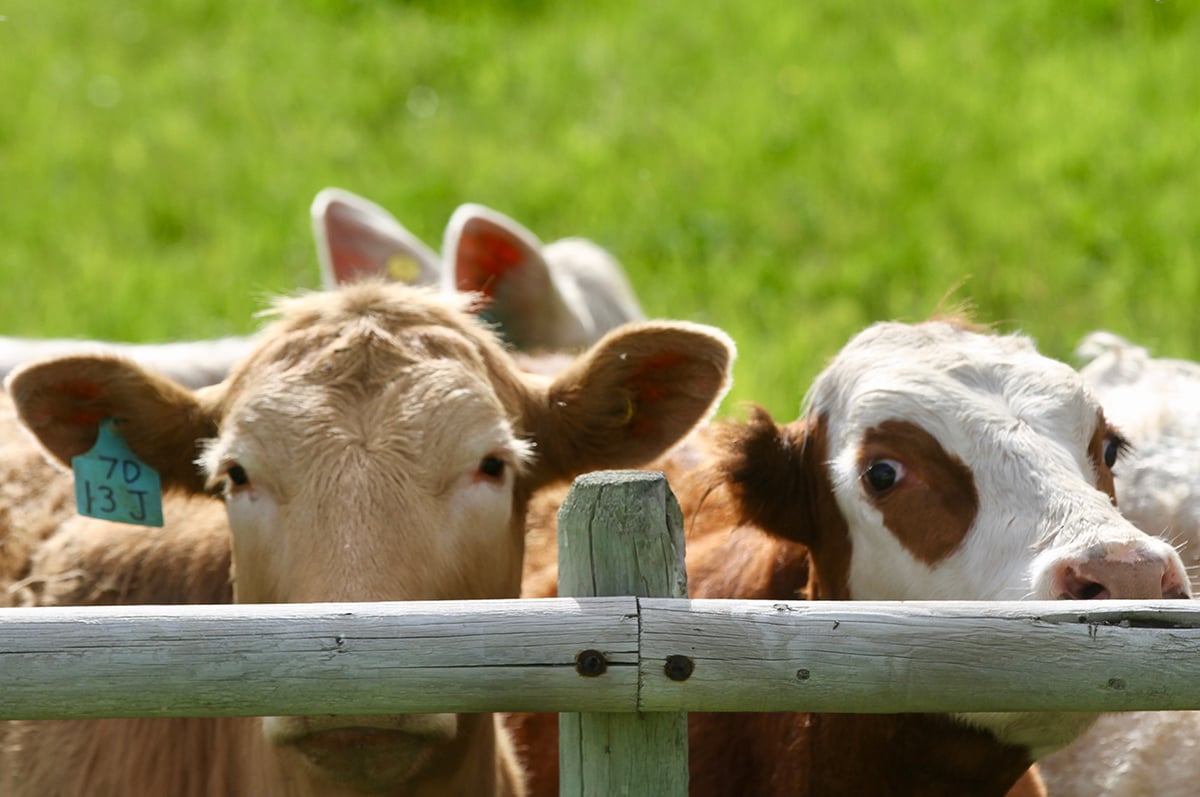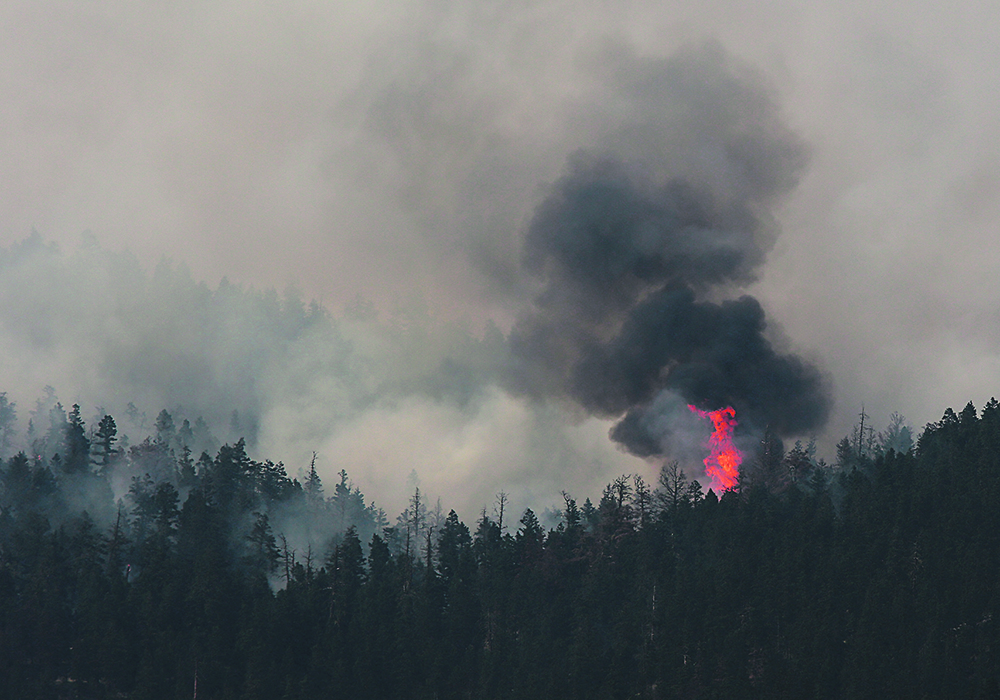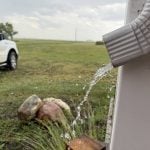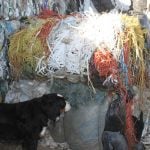Grass takes root after trees are thinned between forests and urban municipalities, which is then managed with cattle
The British Columbia Cattlemen’s Association said its pilot program to graze near urban areas to help reduce fire risks there is proving successful.
“Any fire is really all about what the fuel load is,” Kevin Boon, general manager of the association, said about the Wildfire Risk Reduction Project. “The more fuel we reduce, the less the risk.”
The idea for the initiative was sparked out of the ashes of back-to-back devastating fires in the B.C. Interior in 2017-18 with four pilot programs launched on the outskirts of Kelowna, Summerland, Peachland and Cranbrook.
Read Also

Feeder market consolidates at historic highs
For the week ending Sept. 6, Western Canadian feeder cattle markets were relatively unchanged compared to seven days earlier.
The concept includes thinning out trees in the areas between forests and urban municipalities, allowing grasses to take root and managing those forage areas with cattle.
Boon said the project is no silver bullet in tackling what has become a chronic issue for the province but it’s a piece of the solution to protect homes and infrastructure.
“We haven’t been able to use fire as a risk reduction tool to get rid of fuel in close to these interface areas,” said Boon.
But moving cattle into those areas to graze for about three weeks in spring can reduce fire fuel loads without the risk of a controlled blaze becoming uncontrolled.
“The areas we have chosen, especially those in the Okanagan, they have become densely populated,” said Boon of the forested region, which is often dry in the summer with temperatures regularly in the mid-30s C.
“Because of the population and the recreation that takes place in those areas, there is a lot of opportunity for man-made fires.”
The value of the agricultural sector in mitigating fires in B.C. is being recognized as one more tool.
“We’ve actually got permits and have got ability from (B.C.’s) wildfire management and the regional districts to actually get our ranchers in there and haying during a fire to remove the fuel and get the hay up,” he said. “That, in itself, is phenomenal.”
But co-ordinating such responses and implementing mitigation efforts is not easy in a region with multiple urban and rural municipalities, provincial and federal parks as well as First Nations.
The issue can be particularly hard when it comes to national parks, which are resistant to having anything that might appear to be man-made encroach on natural areas.
Boon said initiatives such as the Wildfire Risk Reduction Project should not been seen as such. If anything, it can improve the landscape for the wild animals who call the forest home.
“Creating those partnerships allows us to build a landscape level plan for that area that is much more environmentally and ecologically valuable,” said Boon.
With the region being home to one of the densest areas of endangered species in the country, Boon said part of the project is to measure the effects grazing has in providing better habitat for those animals.
Another potential roadblock to the project is reaction from urban residents, including those in a Kelowna suburb.
“We actually had protesters come out against us doing it. They thought we were just going to take over their recreation area and have cattle there 12 months of the year,” said Boon.
He said the issue was largely quelled by discussions with those opposed.
As for the future of the program, which is entering its last year, Boon said he hopes to see it adopted province-wide.
“There was a major uplift in the B.C. wildfire budget this year to do wildfire protection of these areas so we’re hoping to get a bit of funding there,” he said, adding if it comes through, that money would go toward developing access to water resources and electric fencing.
“Now it’s a matter of logistics and how we put this out in a wider scale,” Boon said.
Pointing to last year’s devastating wildfires, including the complete destruction of Lytton, after the town recorded the highest temperatures ever recorded in Canada, Boon said the economic price of such blazes is borne by urban centres.
“So, this is exactly what we’re doing and why we’re doing it,” said Boon.
The B.C. Cattlemen’s Association has launched a webpage to showcase the program and its participants that can be viewed at www.tooclosetohome.ca.
















